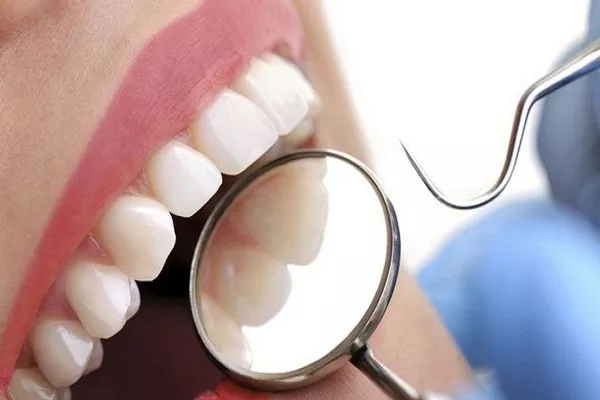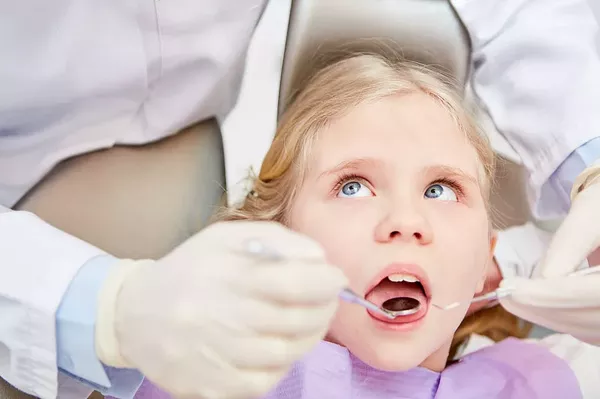In the realm of oral health, understanding the progression of gum diseases is paramount. Gingivitis and periodontitis, while sharing similarities, are distinct conditions that demand our attention. Many individuals wonder: How long does it take for gingivitis to progress to periodontitis? In this comprehensive guide, we’ll delve into the nuances of these two dental issues, exploring the stages, risk factors, and strategies for prevention and intervention. So, fasten your seatbelts as we embark on a journey to unlock the mysteries of this critical dental concern.
Unveiling the Stages of Gingivitis and Periodontitis
1. Gingivitis: The Prelude to Trouble
Gingivitis is the initial stage of gum disease and often serves as a warning sign. It is characterized by red, swollen gums that may bleed during brushing or flossing. But just how long does it take for gingivitis to escalate into a more severe condition? The answer largely depends on individual factors, such as oral hygiene habits and overall health.
a. Neglecting Oral Care
One of the primary culprits in the progression of gingivitis to periodontitis is neglecting your oral care routine. When plaque and bacteria accumulate due to infrequent brushing and flossing, they can infiltrate the gum line, setting the stage for trouble.
b. Timing Is Crucial
If gingivitis is left untreated, it can progress in as little as a few weeks to a few months. However, this timeline isn’t set in stone, as each person’s response to gum disease varies.
2. The Escalation to Periodontitis
Periodontitis is the advanced stage of gum disease and can lead to severe consequences, including tooth loss. This progression is marked by the formation of pockets between the gums and teeth, where harmful bacteria thrive.
a. Gradual Advancement
The journey from gingivitis to periodontitis can be slow, with the rate of progression varying among individuals. Factors like genetics, smoking, and certain medical conditions can expedite the process.
b. Monitoring Your Oral Health
To gauge the timeline of progression accurately, it’s essential to maintain regular dental check-ups. Your dentist can assess your condition and recommend the most suitable course of action.
Identifying the Risk Factors
Understanding the risk factors associated with gum disease progression is key to safeguarding your oral health.
1. Poor Oral Hygiene Habits
Inadequate brushing, flossing, and rinsing with an antiseptic mouthwash can create a breeding ground for gum disease. A consistent oral care routine is your first line of defense.
2. Smoking and Tobacco Use
Tobacco consumption not only stains your teeth but also increases your risk of gum disease. The chemicals in tobacco hinder your body’s ability to combat infection, making it easier for gum disease to advance.
3. Genetic Predisposition
Some individuals are genetically more prone to gum disease. If you have a family history of periodontitis, it’s crucial to be extra vigilant about your oral health.
4. Chronic Health Conditions
Certain chronic conditions like diabetes and autoimmune disorders can weaken your body’s immune system, making it less effective at fighting off gum infections.
Strategies for Prevention and Intervention
1. Maintain a Rigorous Oral Care Routine
Regular brushing, flossing, and rinsing with an antiseptic mouthwash are your best allies in preventing gum disease. Consult your dentist for guidance on the most effective techniques.
2. Kick the Tobacco Habit
Quitting smoking and other forms of tobacco use not only enhances your oral health but also contributes to overall well-being.
3. Healthy Diet Choices
A balanced diet rich in fruits and vegetables can boost your immune system, aiding in the fight against gum disease.
4. Regular Dental Check-ups
Visiting your dentist at least twice a year allows for early detection and timely intervention, preventing the progression of gum disease.
5. Scaling and Root Planing
For individuals with advanced periodontitis, your dentist may recommend scaling and root planing to remove plaque and tartar from the teeth and root surfaces, promoting gum healing.
In conclusion, the progression of gingivitis to periodontitis is not set in stone. It is contingent on various factors, including oral care habits, genetics, and overall health. Understanding the stages, risk factors, and strategies for prevention and intervention can empower you to take charge of your oral health. Remember, early detection and timely action are the keys to preventing the advancement of gum disease. So, embark on a journey towards optimal oral health, and let your smile shine as brightly as ever.
Related Links:
Why bleeding gums during pregnancy?
Is gingivitis a bacterial infection?
How is gingivitis transmitted?





























